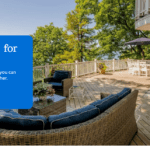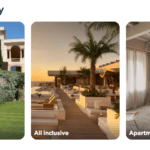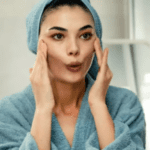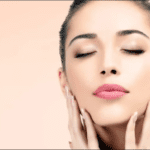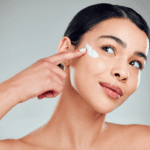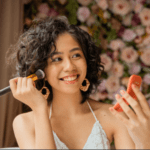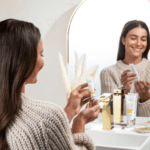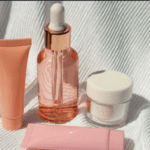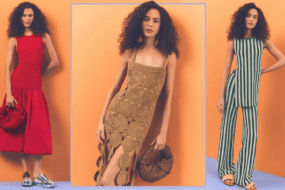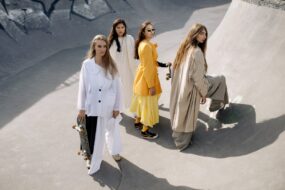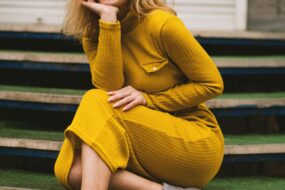
Color is one of the most powerful elements in fashion. It has the ability to influence emotions, perceptions, and even how others respond to us. From making a bold statement to subtly conveying mood, the colors we wear play a crucial role in shaping our image. Whether consciously chosen or not, our outfits send a message to the world. This article explores the psychology of color in fashion and what different shades say about your personality, mood, and intentions.
The Psychology of Color in Fashion
Color psychology is the study of how different hues affect human behavior and emotions. Each color carries a distinct meaning and evokes specific reactions. Marketers, interior designers, and even political leaders use color strategically to create desired responses. In fashion, color can reflect an individual’s personality, influence mood, and set the tone for an occasion.
Understanding the impact of color allows you to dress with intention, whether you want to exude confidence, appear approachable, or make a lasting impression.
What Your Outfit Colors Say About You
1. Red: The Color of Passion and Power
Red is one of the most attention-grabbing colors in fashion. It symbolizes passion, energy, and confidence. Wearing red can make you stand out in a crowd and exude a sense of power and authority.
- Personality Traits: Bold, ambitious, confident, and passionate.
- When to Wear It: Ideal for first dates, job interviews, or situations where you want to be noticed and make a strong impression.
- Style Tip: If an all-red outfit feels too overwhelming, try incorporating red accessories like shoes, handbags, or lipstick to make a statement.
2. Blue: The Color of Trust and Calm
Blue is associated with tranquility, trustworthiness, and professionalism. It has a calming effect and is often worn in corporate settings.
- Personality Traits: Loyal, reliable, intelligent, and serene.
- When to Wear It: Best for business meetings, presentations, and networking events where credibility and dependability matter.
- Style Tip: Navy blue is a great alternative to black for formal occasions, while lighter blues are perfect for casual and summer outfits.
3. Black: The Color of Sophistication and Mystery
Black is a timeless and versatile color that represents elegance, power, and sophistication. It is often associated with formality and mystery.
- Personality Traits: Strong, ambitious, mysterious, and sophisticated.
- When to Wear It: Perfect for formal events, evening outings, and professional settings.
- Style Tip: A little black dress (LBD) is a classic wardrobe staple, and pairing black with statement accessories can add a touch of personality.
4. White: The Color of Purity and Simplicity
White is often linked to purity, innocence, and minimalism. It signifies a fresh start and a clean, sophisticated look.
- Personality Traits: Organized, peaceful, optimistic, and detail-oriented.
- When to Wear It: Ideal for weddings, summer outings, and professional settings where a crisp, clean appearance is valued.
- Style Tip: All-white outfits look effortlessly chic, but adding a pop of color through accessories can create a stylish contrast.
5. Green: The Color of Growth and Harmony
Green represents nature, balance, and prosperity. It is associated with renewal, health, and vitality.
- Personality Traits: Down-to-earth, compassionate, balanced, and innovative.
- When to Wear It: Great for outdoor events, casual outings, and days when you want to channel a relaxed yet fresh look.
- Style Tip: Earthy greens like olive and forest green work well for autumn wardrobes, while brighter greens add a playful touch to summer outfits.
6. Yellow: The Color of Happiness and Creativity
Yellow is a cheerful and optimistic color that symbolizes energy and creativity. It catches attention and evokes feelings of warmth and positivity.
- Personality Traits: Energetic, playful, enthusiastic, and creative.
- When to Wear It: Perfect for casual gatherings, summer days, and when you want to brighten your mood or someone else’s.
- Style Tip: Mustard yellow works well in autumn and pairs beautifully with neutral tones for a balanced look.
7. Purple: The Color of Royalty and Imagination
Purple has long been associated with royalty, wisdom, and luxury. It conveys a sense of creativity and mystique.
- Personality Traits: Imaginative, artistic, independent, and confident.
- When to Wear It: Ideal for creative environments, evening events, and situations where you want to make a unique impression.
- Style Tip: Deep purples like plum and aubergine look elegant, while lavender and lilac add a softer, romantic touch.
8. Orange: The Color of Energy and Enthusiasm
Orange is a vibrant and energetic color that represents warmth, enthusiasm, and adventure.
- Personality Traits: Spontaneous, outgoing, adventurous, and friendly.
- When to Wear It: Great for social events, vacations, and occasions where you want to exude confidence and fun.
- Style Tip: Pairing orange with neutral tones like beige or navy can help balance its intensity.
9. Pink: The Color of Love and Femininity
Pink is often associated with love, kindness, and femininity. It has a soft and nurturing energy.
- Personality Traits: Romantic, compassionate, gentle, and approachable.
- When to Wear It: Ideal for dates, social gatherings, and occasions where you want to appear warm and inviting.
- Style Tip: Soft pinks create a delicate look, while hot pink makes a bold fashion statement.
10. Brown: The Color of Stability and Warmth
Brown symbolizes reliability, warmth, and resilience. It gives off an earthy, grounded vibe.
- Personality Traits: Practical, dependable, stable, and down-to-earth.
- When to Wear It: Perfect for casual settings, autumn wardrobes, and professional environments where you want to appear trustworthy.
- Style Tip: Brown pairs well with rich jewel tones like burgundy and emerald for a sophisticated look.
How to Use Color to Enhance Your Style
1. Dress for the Occasion
Different occasions call for different color choices. A job interview may require neutral or authoritative tones like black, navy, or white, while a summer party welcomes vibrant shades like yellow and orange.
2. Mix and Match Colors
Don’t be afraid to experiment with color combinations. Complementary colors (opposites on the color wheel) create striking contrasts, while analogous colors (next to each other on the color wheel) provide a harmonious look.
3. Consider Your Skin Tone
Certain colors may complement your skin tone better than others. Cool-toned individuals tend to look great in blues, purples, and greens, while warm-toned individuals shine in yellows, oranges, and reds.
4. Use Accessories for a Pop of Color
If you’re hesitant about wearing bold colors, incorporate them through accessories like scarves, handbags, shoes, or jewelry.
Conclusion
The colors we choose to wear are powerful tools of self-expression. They influence how we feel, how we are perceived, and the message we send to the world. By understanding the psychology of color in fashion, you can use it to your advantage to enhance your personal style, confidence, and overall presence. Whether you opt for bold reds, calming blues, or cheerful yellows, your outfit speaks before you do—so make sure it says exactly what you want.


